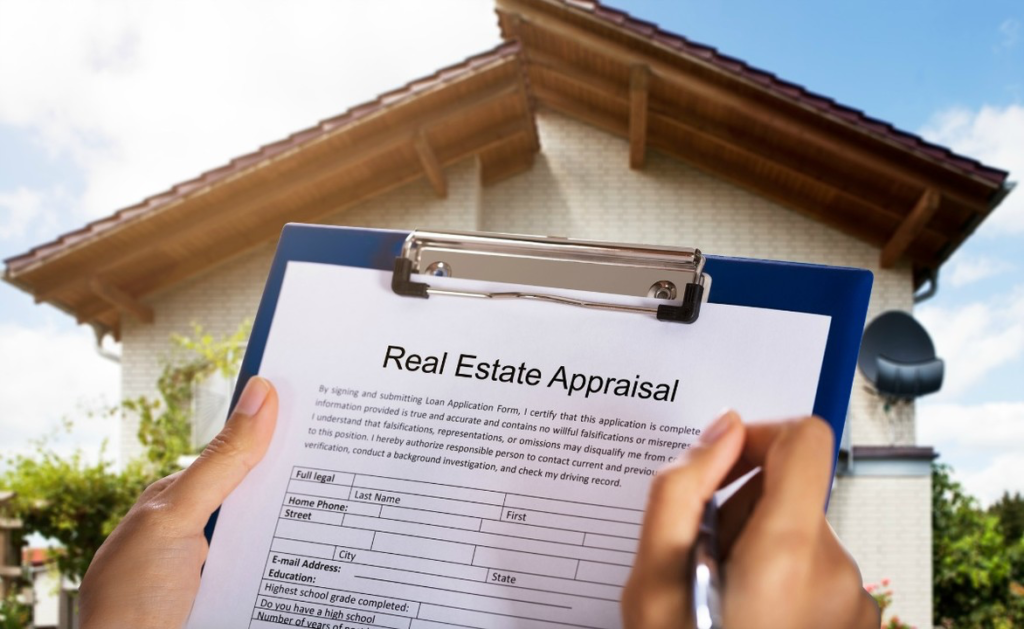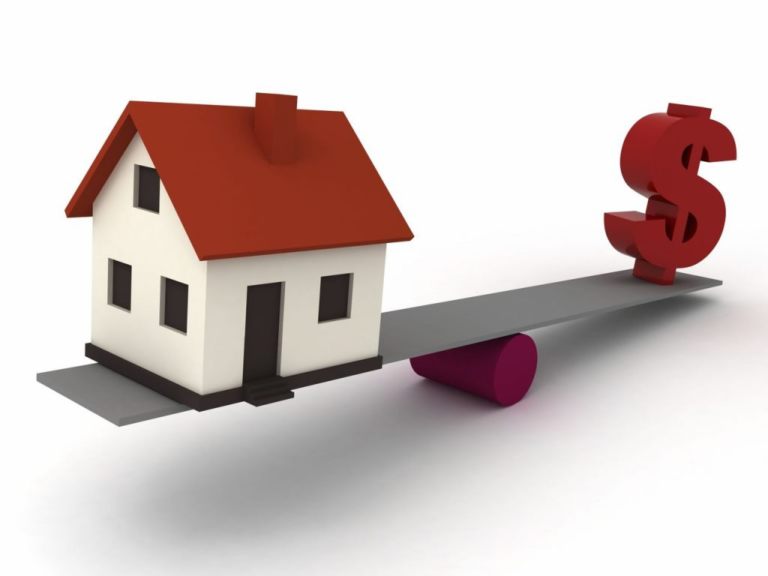The home appraisal – those two words can strike fear into the heart of even the most seasoned real estate veteran. After all, a successful appraisal is crucial for closing the deal on your dream home or refinancing your current one.
But fear not! By understanding the process and what to expect, you can navigate the appraisal with confidence. This article will walk you through everything you need to know, from the appraiser’s role to preparing your home for their visit.
What is the role of the appraiser?
Let’s understand something here: property appraisers are not on your side or the buyer’s side. They are unbiased professionals who act as an independent third party. Their primary duty is to estimate the fair market value of your home based on a detailed analysis and comparison to similar properties in your area. This value is needed to determine the loan amount a lender is willing to offer or the final price agreed upon between buyer and seller.
There are different types of appraisals, depending on your situation. A purchase appraisal is typically required when buying a home and helps the lender determine how much they’ll lend you. A refinance appraisal is used to determine the current value of your home for a refinance loan. Regardless of the type, the appraiser’s goal remains the same: to provide an objective assessment of your home’s market value.
Prepping for the Appraisal Appointment

Preparation is essential for a smooth appraisal. Start by giving your home a good cleaning. A tidy and organized space creates a positive first impression, allowing the appraiser to focus on the property’s features. Declutter countertops, put away personal items and ensure all rooms are easily accessible.
Although gathering documents isn’t mandatory, having readily available copies of property tax records, recent renovation receipts, and any major appliance warranties can be helpful.
The Appraisal Walk-through
On the day of the home appraisal, the appraiser will conduct a walk-through of your home. Expect them to measure the square footage of each room, take photos of the interior and exterior, and assess the overall condition of the property. They may ask questions about renovations, major repairs, or any underlying structural issues. Don’t be alarmed by this questioning; it simply helps them gather a complete picture of your home.
During the walk-through, don’t be surprised when the appraiser mentions “comps” or comparable properties. Comps refer to similar homes in your neighborhood that have recently sold. Appraisers use comps to understand current market trends and justify the valuation they assign to your home.
The Appraisal Report
After the visit, the appraiser will compile a detailed report outlining their findings and the rationale behind the estimated market value. This report typically includes the property description, details about the comps used, and a breakdown of the estimated value. It’s important to remember that you are not obligated to share this report with anyone unless contractually required by your loan or real estate agreement.
Conclusion
Understanding the appraisal process and the appraiser’s role can significantly reduce stress and anxiety. Remember, appraisers are unbiased professionals working to determine the fair market value of your home. By following the tips above, you can ensure a smooth appraisal experience and take a confident step closer to your real estate goals.

